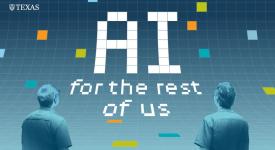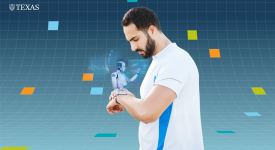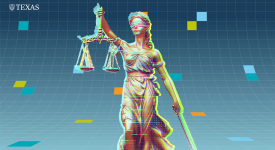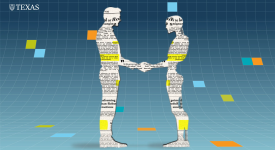Risto Miikkulainen’s Leadership in AI Research and Industry Recognized Globally

12/04/2024 - 2024 marks a pivotal year for Risto Miikkulainen, Professor of Computer Science at UT Austin, with several major achievements showcasing his leadership in artificial intelligence (AI) and neural networks.












